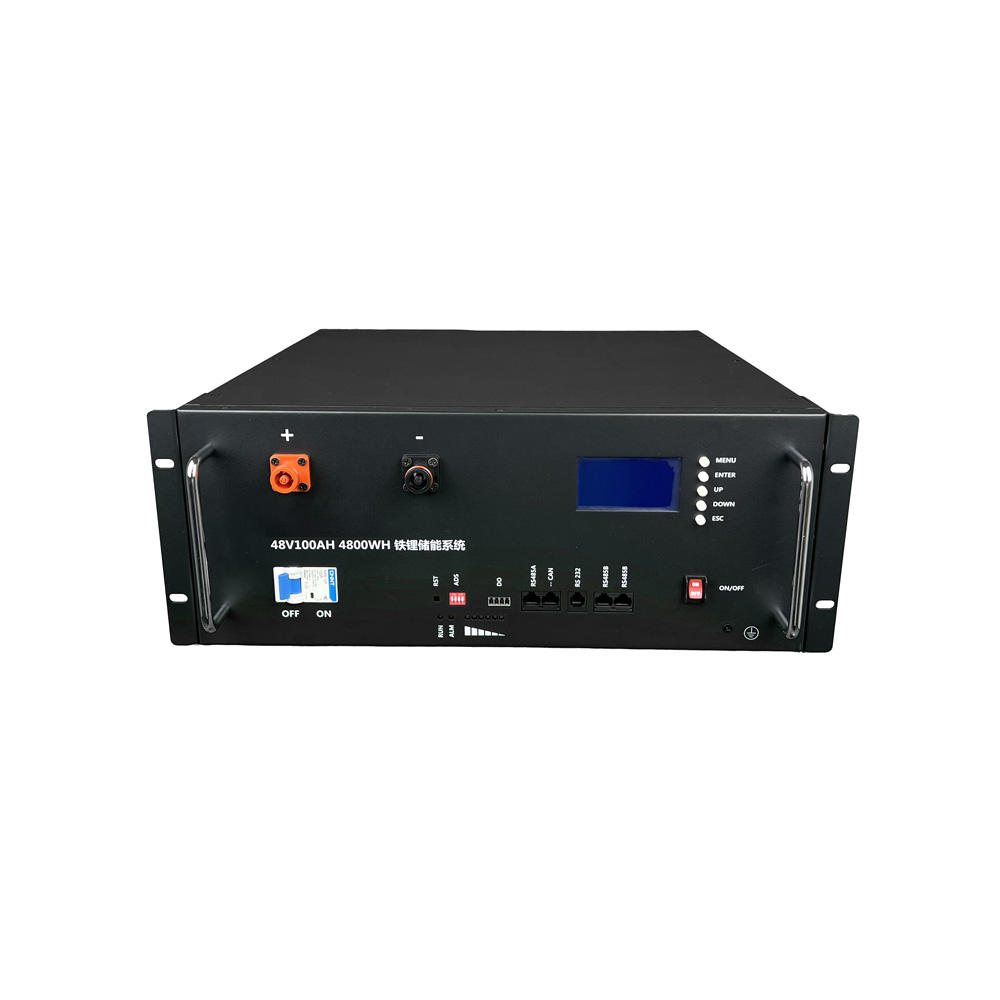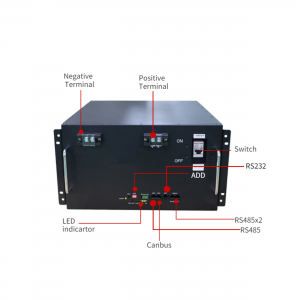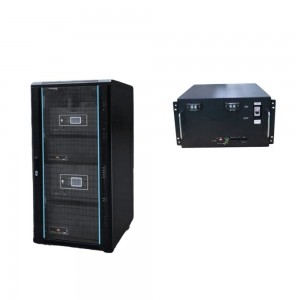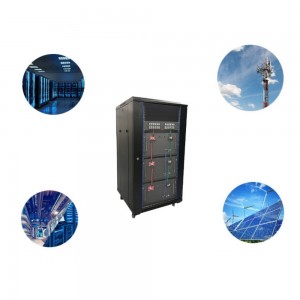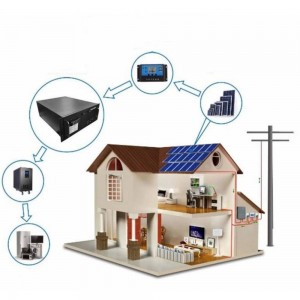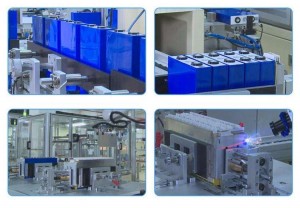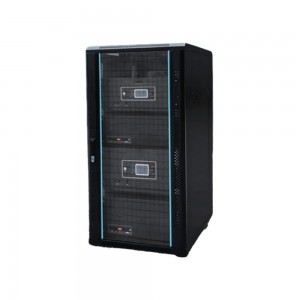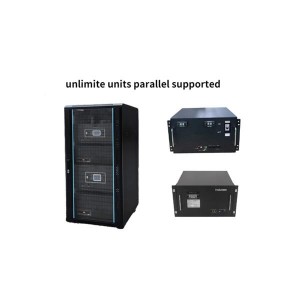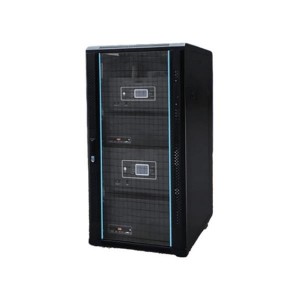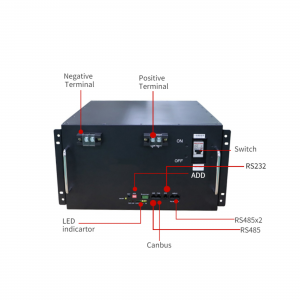

UPS Server Rack Mounted Lithium Ion Battery Charger
ABOUT
UPS Server Rack Mounted Lithium Ion Battery Charger
| Basic Parameters | GRC4850 | GRC48100 | GRC48150 | GRC48200 | GRC48300 |
| Nominal Voltage(V) | 51.2 | 51.2 | 51.2 | 51.2 | 51.2 |
| Rated Capacity(Ah) | 50 | 100 | 150 | 200 | 300 |
| Dimensions(mm) | 385*442*134 | 382*442*225 | 443*442*227 | 510*442*246 | 735*560*246 |
| Weight(kg) | 29 | 47 | 70 | 90 | 119 |
| Cycle Life(time) | 3000-6000 | 3000-6000 | 3000-6000 | 3000-6000 | 3000-6000 |
| Charge Cut-off Voltage(V) | 58.4 | 58.4 | 58.4 | 58.4 | 58.4 |
| Discharge Cut-off Voltage(V) | 40 | 40 | 40 | 40 | 40 |
| Working Temperature | -20℃~60℃ | -20℃~60℃ | -20℃~60℃ | -20℃~60℃ | -20℃~60℃ |
| Storage Temperature | -20℃~25℃ | -20℃~25℃ | -20℃~25℃ | -20℃~25℃ | -20℃~25℃ |
| Communication Port | RS485,RS232,CAN | RS485,RS232,CAN | RS485,RS232,CAN | RS485,RS232,CAN | RS485,RS232,CAN |
The reason for the birth of the rackmount UPS
The mainstream trend towards rack-mounted servers and rack-mounted network equipment has become increasingly apparent, and it is only natural that UPSs providing power protection for these devices should "stand together and be integrated", so that the closer the "integration", the better the protection should be. As a result, rackmount UPS are gradually taking the lead, especially in the small to medium power sector, where the trend is more pronounced.
The creation of the rack-mounted lithium-ion UPS has made it easier for users to design UPS power supplies that are more systematic and integrated in the overall context of the concept. It has made the application of rack equipment so convenient that users no longer need to consider separate space for UPS equipment to be placed.
In fact, the change is obvious. As users learn about rackmount UPS, there will be an increasing tendency to opt for rackmount UPS and will move them into the cabinet. This will result in more standardised cabling throughout the server room, neater equipment layouts and easier power management.
